Cordoba in January Sunday Iglesias Fernadinas
On Sunday morning it’s still damp and drizzling but after doing some washing, my idea is to visit the Iglesias Fernadinas. These are free from Monday to Friday if you get the Mezquita ticket. Except, it’s the weekend and I didn’t get the Mezquita ticket, I went in free at 8.30. However, most of the churches are open before or during or after Mass on a Sunday morning so I head out, complete with umbrella, at about 10.30. Andrea declines.
I’ve studied them online and chosen 3 which seem the most interesting. My first stop is San Lorenzo. The walk in that direction is nice.
The streets are damp, drizzly and quiet and it’s outside the main tourist area. The church was built on top of the foundations of the old mosque of Al-Mugira and the minaret was transformed into a belfry, but an unusual one because the top portion isn’t in line with the restbut sort of twisted. The main facade has a beautiful rosette and a porch in front making the outside impressive. I go in. Austere gothic type naves, I can glimpse the superb 15th century frescoes in the apse, but a few people are already sitting contemplating the altar, ready for Mass and it seems too intrusive to go up close to take photos. I lurk to the side and manage a few without being seen and hence disturbing, I hope. The high altarpiece is from the 17th century and the coffered ceiling is Mudejar.
My next stop is San Augustin, an odd squarish shape outside and wow-over-the-top baroque inside. Mass has started but I wouldn’t linger there anyway. The square in front of the church is nice, a bar just to the side with local men chatting on the pavement outside.
My route to the next church takes me past Palacio de Viana which we visited on our previous trip. I take a couple of photos of the patios from outside, much prettier than the ones in Barrio Basilio and I wonder why they get most of the attention when patios in Cordoba are mentioned. Every open doorway, even where I’ve been walking that morning, reveals a pretty patio, a fountain, or tiles, or plants or all three.
Santa Marina de Aguas Santas has a splendid just-restored façade with Romanesque capitals and buttresses which make it look like a fortress more than a church. Gothic style bare stone inside with a fine wood ceiling above three naves. The Mudejar style main front of the Orozco chapel is worth looking for.
I spend some time looking around but time is getting on, so I start my way back towards the apartment, stopping at San Pablo. The facade of this church on Calle Capitulares is baroque and was built in marble in 1708, squaahed between two houses it just opens onto a courtyard beyod which there is the main 16th century facade in Mannerist style. There are three naves that have Mudejar style ceilings.
My last stop is San Francisco, which also has a nice square in front. The church has a late-Gothic Mudejar Latin cross plan but the interior is Baroque with a small collection of paintings by eighteenth-century artists from Cordoba. The cloister is visible from the outside. The Ferdinand churches are well worth a visit, if you have time. The ones I saw are nice and it’s an excuse to wander the fascinating and pretty lesser-known streets of the historical centre of Cordoba.
It’s still drizzling when I get back but Andrea is ready to go out, so we take an umbrella-free route to the Museum of Archeology, free for EU citizens and then to Museo de Bellas Artes. The former is the most interesting, especially because there are the ancient azulejos from the San Bartolomè Chapel, the Iberian Lion of Nueva Carteya and the Roman sculpture of the God Mithra and the remains of a Roman theatre underground.
The Art museum is not quite so interesting but the patio is nice and so is the outside of the building and Piazza de Potre. We’d already visited both on our previous visit.
Another late lunch ensues and then we go back out in the drizzle to walk. We head for the slightly newer part of the old centre – Plaza Corredera, reminiscent of Plaza Mayor in Madrid, walk by the Roman temple, which is closed for work, then Plaza Tendillas before heading towards the Alminar de San Juan tower and then the outside of the Alcazar.
From Puente Romano we take the road along the river to check out bus stops for our onward journey the next day. It’s still raining, possibly more than before so I skip Cordoba by night and spend the evening having a shower, warming up and packing.
On Monday, our last morning in Cordoba, it’s still raining, but we both go to the Mezquita at 8.30, just because it’s irresistible and because Andrea is feeling better and I want to visit it with him. Then we check-out, and get the frequent number three bus from Puente-Potro stop 93 to the station for our train to Madrid Atocha and from there to Toledo.
Complete Spain in January Trip Report




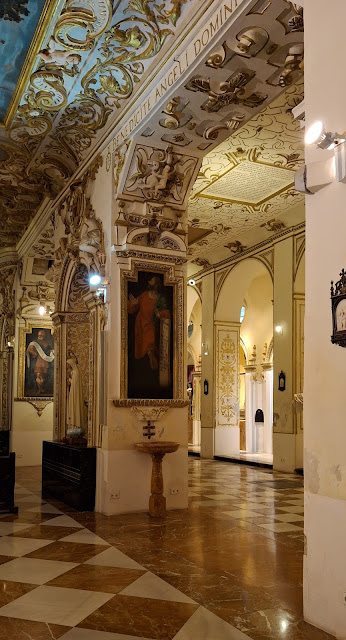








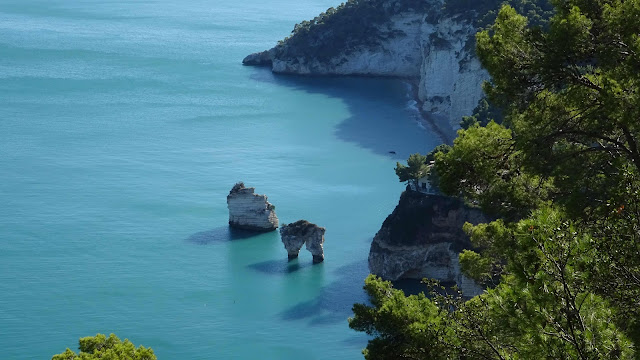

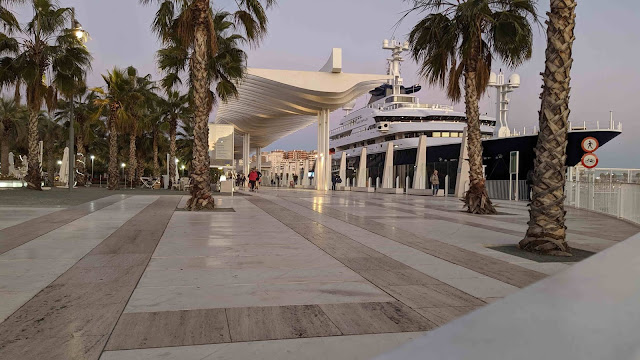


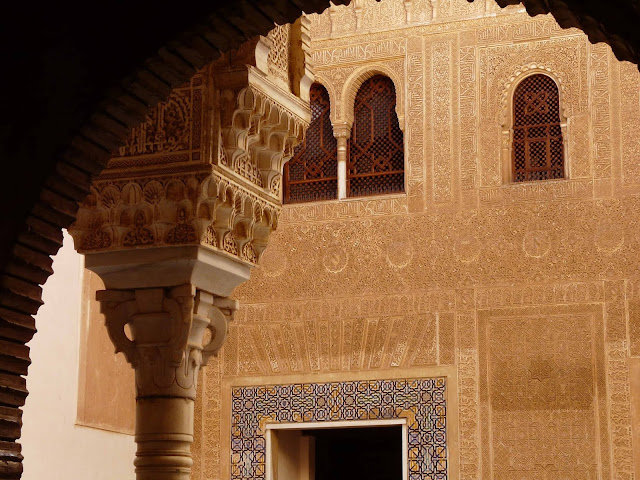
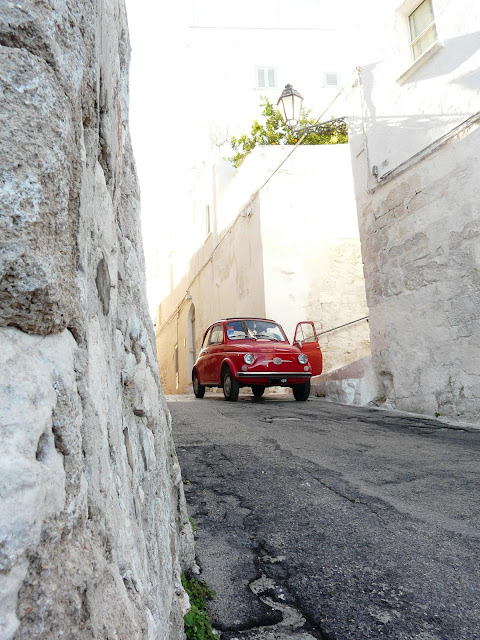
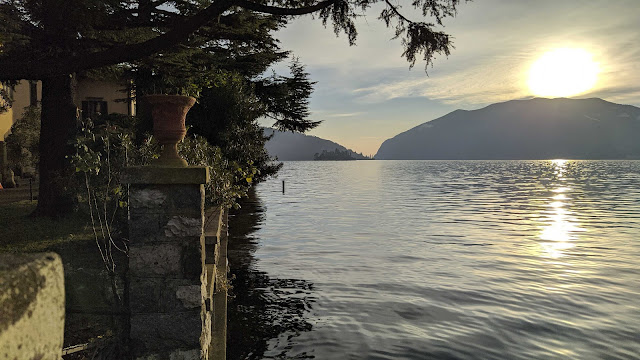

Comments
Post a Comment